Interview Patrick Kasingsing
Images Mindanao Design Week 2025


Glad to speak with you, Bjork! You’ve been building creative ‘spaces’ in Mindanao across the many hats you wear. Was there a moment in your practice, maybe at TAYO or earlier, when you realized design could do more than make things; that it could mend, connect, or restore a sense of ginhawa?
Bjork Colao, Culture Director, TAYO House of Culture and Creativity: Thank you for this, Kanto! Living in Mindanao my whole life shaped my perception of design. It allowed me to see it more than just about “making things,” but as a survival mechanism.
I’ve learned the importance of design thinking in crafting development frameworks that are inclusive, sustainable, and intersectional through my father’s work in peace and community building. It necessitates logic but even more so our affective capacity to uplift each other—to connect beyond research and arrive at the depth of shared ginhawa.
Space is significant. The physical space, with its local context, dictates the production of art. Mindanao, as a space, has so much life and creativity. The design heritage in the region is abundant, complex, and fluid. As a region of the tri-people (Islamized communities, Christian migrants, and Indigenous people), it is a framework in itself—encapsulating the power of co-existence, which produces a complex yet unique sense of ginhawa.
There’s so much bias towards Mindanao and its people. When I was 16, I did an installation art that revealed perceptions of Mindanao from students of Economics in UP Diliman. The four keywords revealed from the short interview were: colorful, fiestas, fish, and bombs. Even now, the beauty of Mindanao is shadowed by misrepresentation and prejudice.
Creative spaces are still scarce, but what I admire about Mindanao is our ingenuity in terms of micro-activations. I think that grassroots “inatò” activities sustain our sense of independence as a community in terms of artmaking. Inatò in Cebuano means homemade/from scratch/unplanned —something that comes from one’s resources. I think this reflects our intentionality in design, which speaks a lot about our resourcefulness. We may not have much, but we are functional.
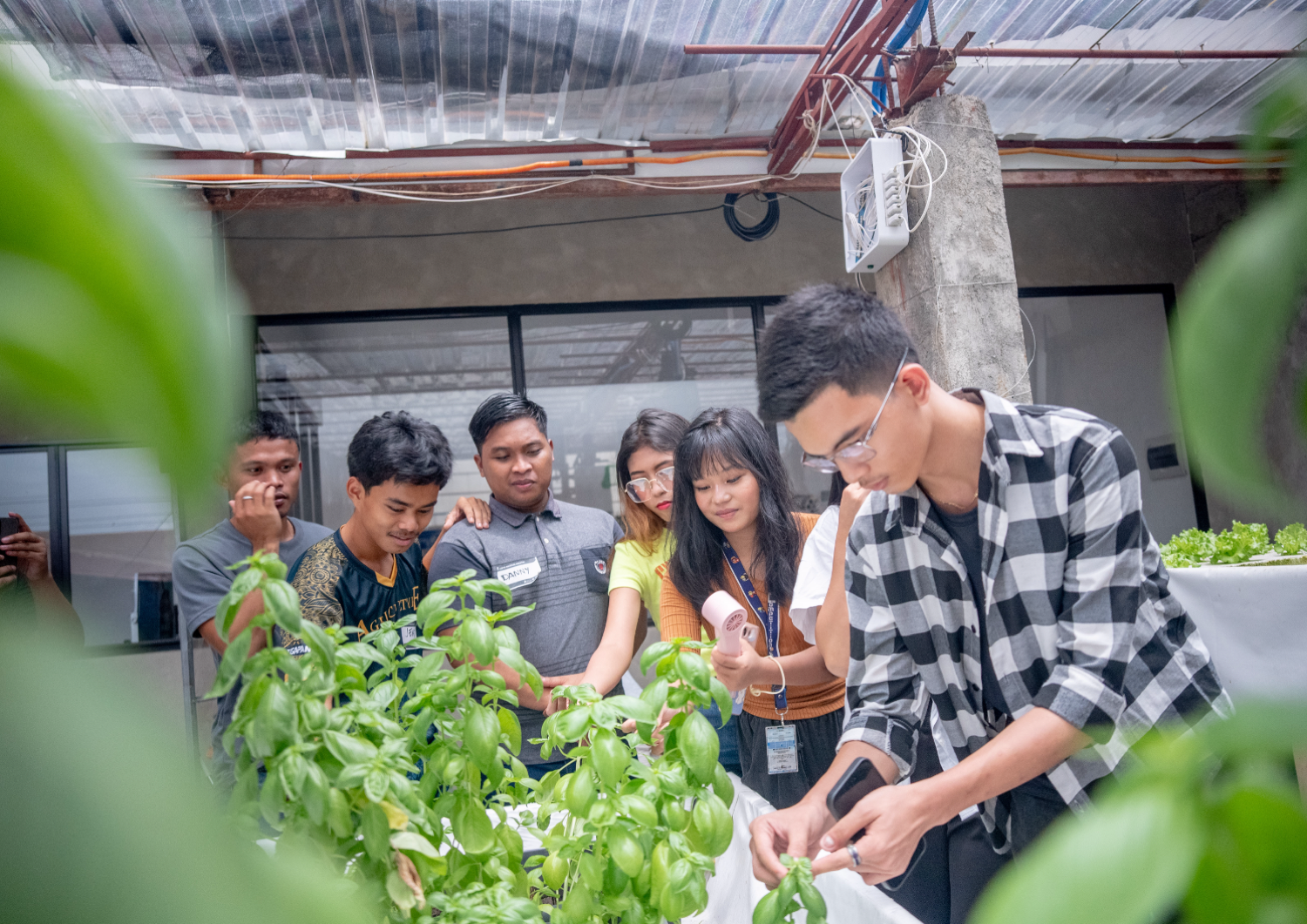
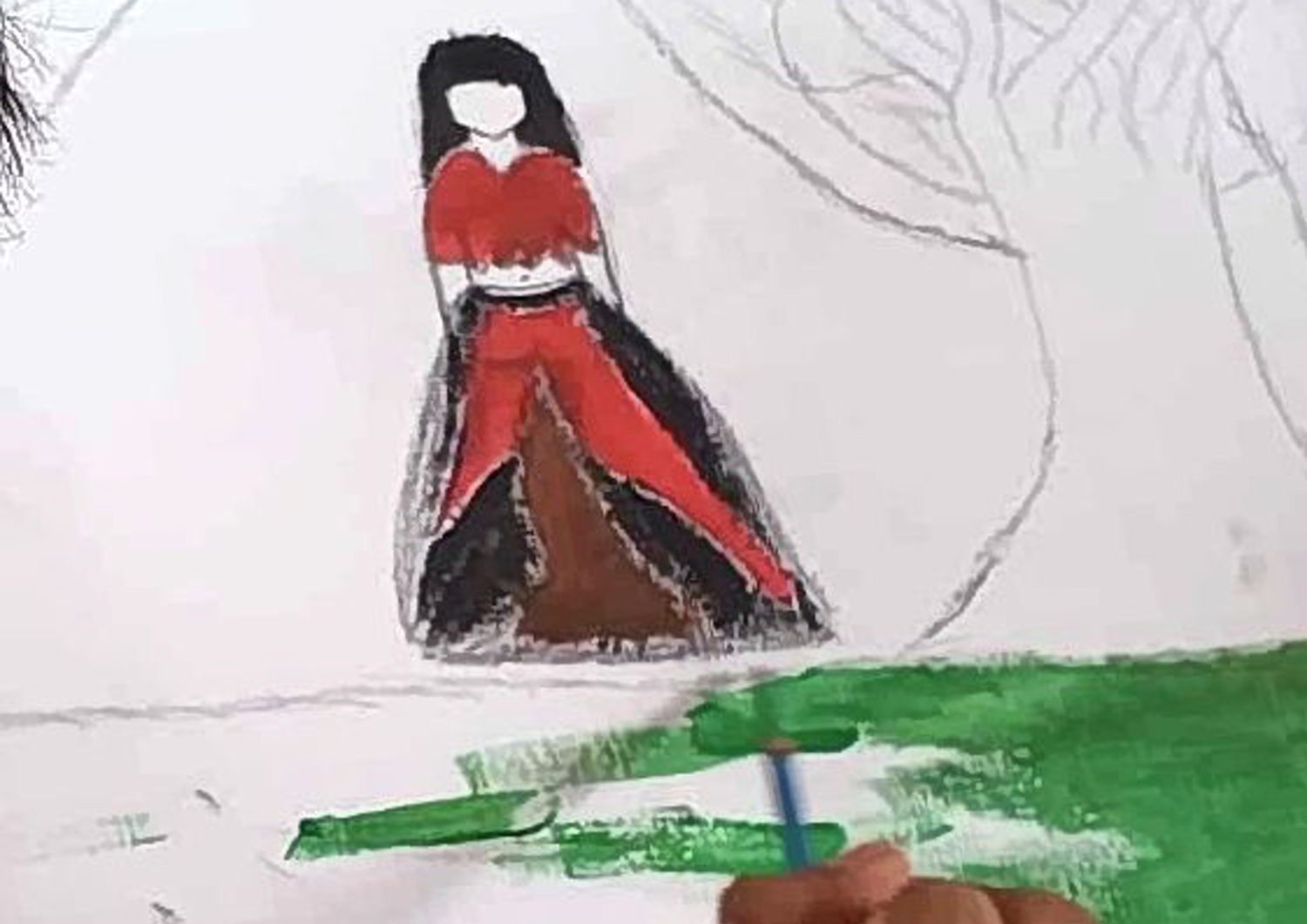
When curating events like Nesting Ground, how do you decide which local practices to foreground: those that speak to place, ecology, and community, and which to hold back for wider audiences or partners?
There are no particular guidelines for choosing this year’s partners. We wished to highlight movements that reflect passion manifested in various forms—ones that prioritize community more than profit or prestige. We also hoped to explore the different motivations behind ginhawa.
We also wanted to expand our reach to the regions, so location was an important factor to consider. We wanted to show that even at the most Southern part of the Philippines like Sulu—where it is closer to Brunei than our very own capital city of Manila—partnerships can be established through our shared goal of nurturing our community and nurturing our creative heritage.
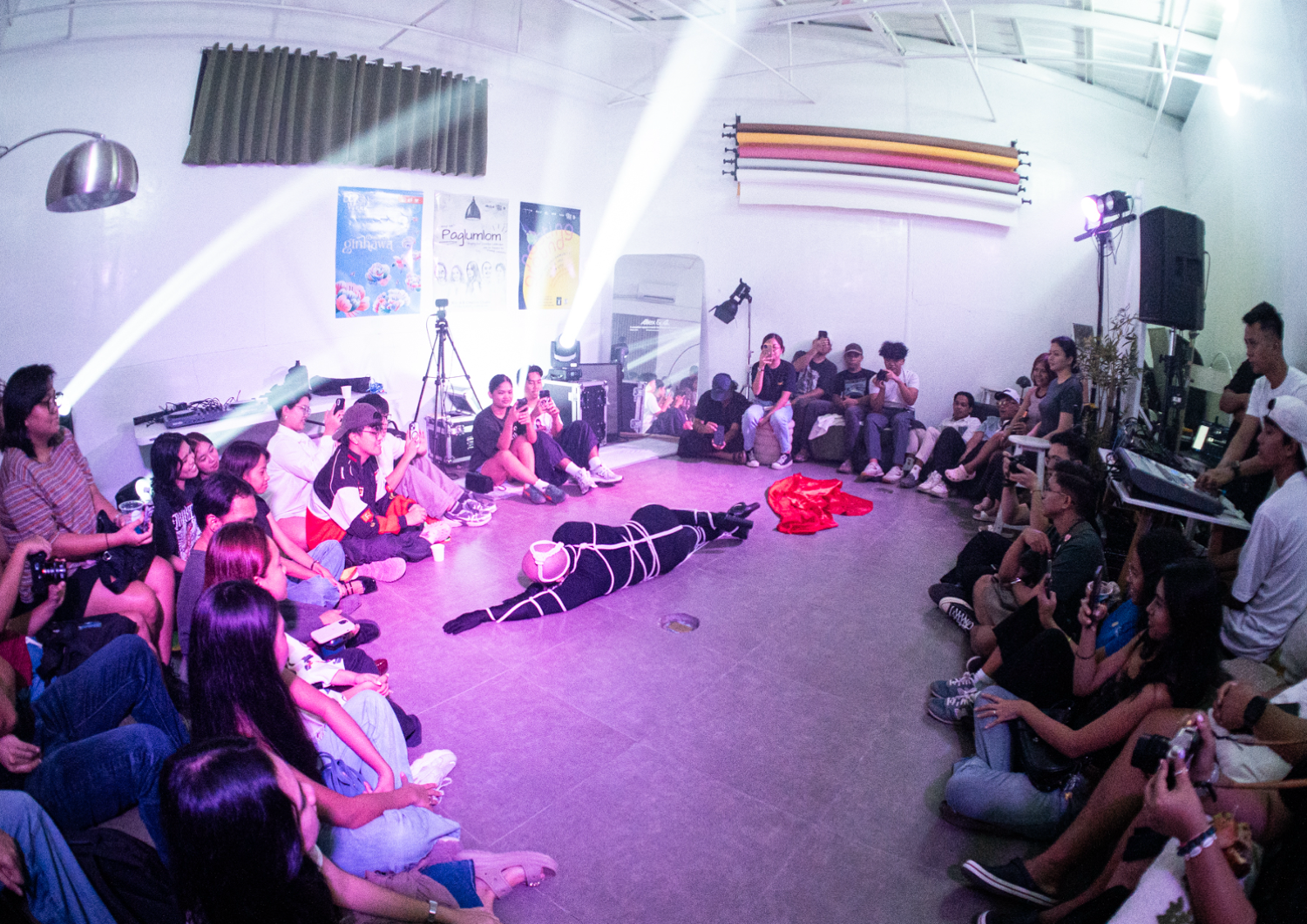

Building on what you said, how did values like ginhawa, kapwa, and komunidad shape those decisions this year, especially when choosing rootedness over the mainstream?
As a collectivist culture that thrives in togetherness and shared gratification, it is meant to communicate our sense of “pakikisama” or connection with our community. This year was an opportunity to explore what that means at the “peripheries” of the Philippines. Events in Mindanao have always been rooted in community and ecology. It was a matter of providing the space and opportunity to exercise ideas. I’m also happy that this curation allowed the rest of the regions to see even a glimpse of existing activities in our communities, what’s already been practiced, and what we can invest in to really push through with peace and community building.
I say peace because I think for Mindanao, that has always been what ginhawa is. Mindanao is so diverse in terms of culture, faith, and language. Our co-existence in a shared space could be a blueprint for ginhawa. The very foundation of Islam that is practiced by our Muslim brothers and sisters in Mindanao is “Salam” or peace. The Maranao people even have a term for peace in their language, “kalilintad,” which means peace and harmony. In Cebuano, “kalinaw” means peace and clarity. “Panag-inigsuonay,” means brotherhood—directly connected to the context of friendship and peace within the community. Our long history of conflict in Mindanao has led us here: the collaboration towards understanding, tolerance, and harmony. There is so much that can be done through arts and design.
Art, design, and eco-cultural education are essential tools in achieving peace in the region. As I mentioned, design is more than just making things; it is the foundation of our very survival. Design is present in self and communal expression in economic trade. Fiestas and festivals promote unity and cooperation, traditional performances and workshops generate deeper understanding about each other’s history and culture, and art-making encourages shared creativity.
Prejudice and conflict are still present in the region. I believe that design can make a magnitude of change to shift this reality.
Several MDW activities explicitly link craft, ecology, and livelihood: reef-to-canvas, Igal workshops, crochet livelihood projects, etc.. Could you share one example from this year where a program moved beyond exhibition into practical benefit: income, resilience, or perhaps stewardship? Who led it, and what early results or lessons emerged?
Ngilngig Asian Fantastic Film Festival, Inatò Art Dept., Gamâ Community, Paglajag Anajawan, Pasalidahay, and the rest of the Design Week Philippines Mindanao partners were created out of the need to build communities of practice where creativity is nurtured. Inatò Art Dept. started from mounting exhibits in the streets; Paglajag Anajawan started from a dream of providing kids a space to practice creativity rather than vices. Out of scarcity and lack of support, Pasalidahay saw the need to promote films and filmmaking in Mindanao. The movements generated by these collectives are commendable. These are redesigning local cultures and consciousness within their own regions.
Paglajag Anajawan is a relatively new youth-led organization in Anajawan. Outside the limelight of mainland Siargao, Paglajag is leading projects that promote children and the youth as changemakers, led by teacher Ervie Ann Conte. With the booming economy of Siargao as a tourist spot, the crochet livelihood project anchors on artmaking as an opportunity to generate income as well as a chance to share the island culture of Anajawan as a fishing community.
Reef to Canvas Workshop counters the depleting coastal ecosystems of the archipelago by reintroducing our natural heritage to the community. The project was led by Curbada Dive (a dive spot and cultural space), Gamâ Community (a women-led art collective), and Deeptribe Freediving (a freediving school and collective). It was specifically designed out of the need to regenerate our natural environment and our eco-cultural consciousness. It first started with children who we believe would become leaders in the future. The workshop aims to awaken their hearts for nature and their artistic capacity. The workshop hopes to continue our rich maritime culture and wisdom using artistic tools and community storytelling.
The common feedback we receive from the events is, “We need/needed this.” Sometimes, participants don’t know what they need until they’ve done it. In the Movement Workshop at Nesting Ground in Iligan, digital designers expressed how they felt embarrassed about moving their bodies, but they ended up feeling refreshed. It was an opportunity to take apart their built-in shyness and shame. Instead, it awakened their intuition, trust, and awareness towards the world.
Typical design-thinking workflows assume time, continuity, and reliable partners. In Mindanao’s rapidly changing, resource-stretched settings, what have you had to reimagine—timelines, ownership, risk-sharing to keep community voices central and outcomes durable even after the festival ends?
In this year’s curation, we wanted to introduce what has already been done—to tap into our partners’ resources, which are their own network, expertise, and connection with their people and the Earth.
Other than this, we wanted to make Mindanao voices available to the wider community. Design Week is always a great opportunity to do just that!
Indeed, projects are often deferred because funding has stopped or was cancelled by the funder, or there is no funding at all. Financial assistance was the push to get events rolling. Our partners are abundant with ideas waiting to be activated.
Beyond ginhawa, we mean to create an ecosystem of collaborators, not just event partners. Our collaborators are inspiring thinkers—I have listened to them speak about their community, the stories of Mindanao, and our complex yet fascinating design wisdom (from visual art, governance, storytelling, artistic expressions, recreation, ecology, to livelihood), and all of it speaks about the “developments” that we want for this country.
Thinking beyond the ordinary, we must also interrogate our savior tendencies. To really achieve sustainability, we must think, not for, but with, our collaborators.


You work across grassroots networks and national frameworks. From that vantage, what specific structural changes would you push for, from local capacity, funding flows, policy, or institutional practice, so Mindanao’s design ecosystem is sustained year-round rather and beyond one-off events?
I personally hope that we continue to interrogate the disconnect between stakeholders and find ways to bridge gaps for collaborative action. This movement is already happening. In Lanao del Norte, the government, CSOs, and the MILF are in constant collaboration to redesign a community of peace and prosperity. In the Sulu archipelago, heritage workers and institutions are preserving pre-colonial practices by tapping into the pride built on history. In Iligan City, a pool of artists are making “firsts” in the region in terms of space making in collaboration with local businesses.
We need to create a culture of collaboration amongst our institutions that pushes boundaries rather than incubating biases that make progress seem unattainable. I also believe that we have made “proofs of concept” this year that I think we, as a collective, should invest in.
Small-scale activations are essential to building. Because we are an archipelago inclusive of more than 7,000 islands, small community activities acknowledge our multiplicity. It is also important to reiterate that our local government units (LGUs) are mandated to support our communities’ culture, arts, and creativity. Oftentimes, ideas come from the people—even from our children and youth. We must consolidate our effort and realign our vision that benefits us all in the long run.
Next, art and cultural education are essential if we want to transform the consciousness of the Filipino people. Most of the time, all it takes to change hearts is through storytelling, play, and fiestas.
Of course, regionalization is integral to archipelagic design. We must acknowledge the faults of our centralized system and invest in empowering our communities across our islands, taking into account the many facets that include our local contexts, politics, resources, capacities, environment, history, and culture.
With our younger generation, we must reimagine the future that we want to live in—one that is nurturing, transparent, creative, and intersectional. In summary, we want a future that is maginhawa for all.
It takes a barangay to create change. •
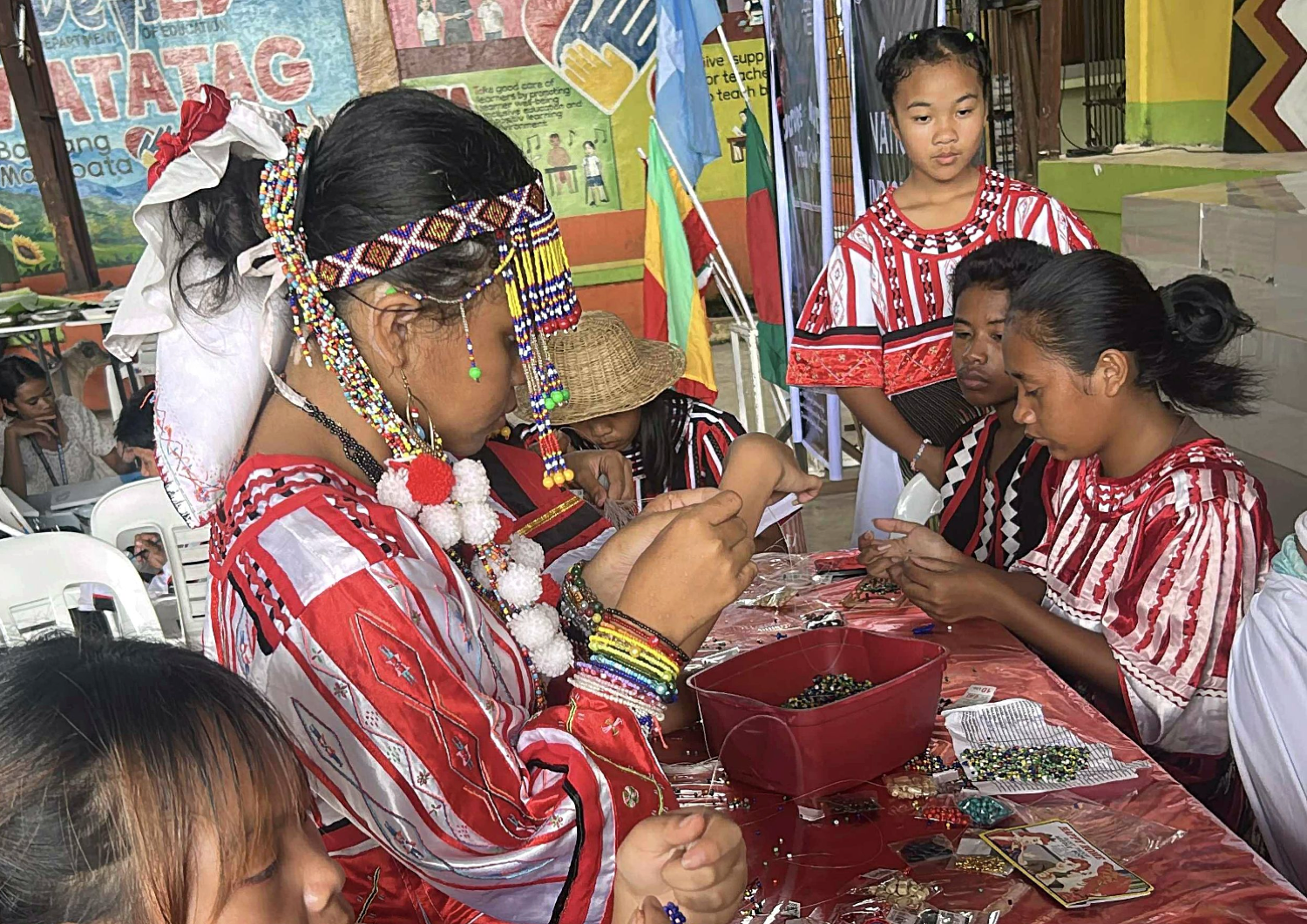

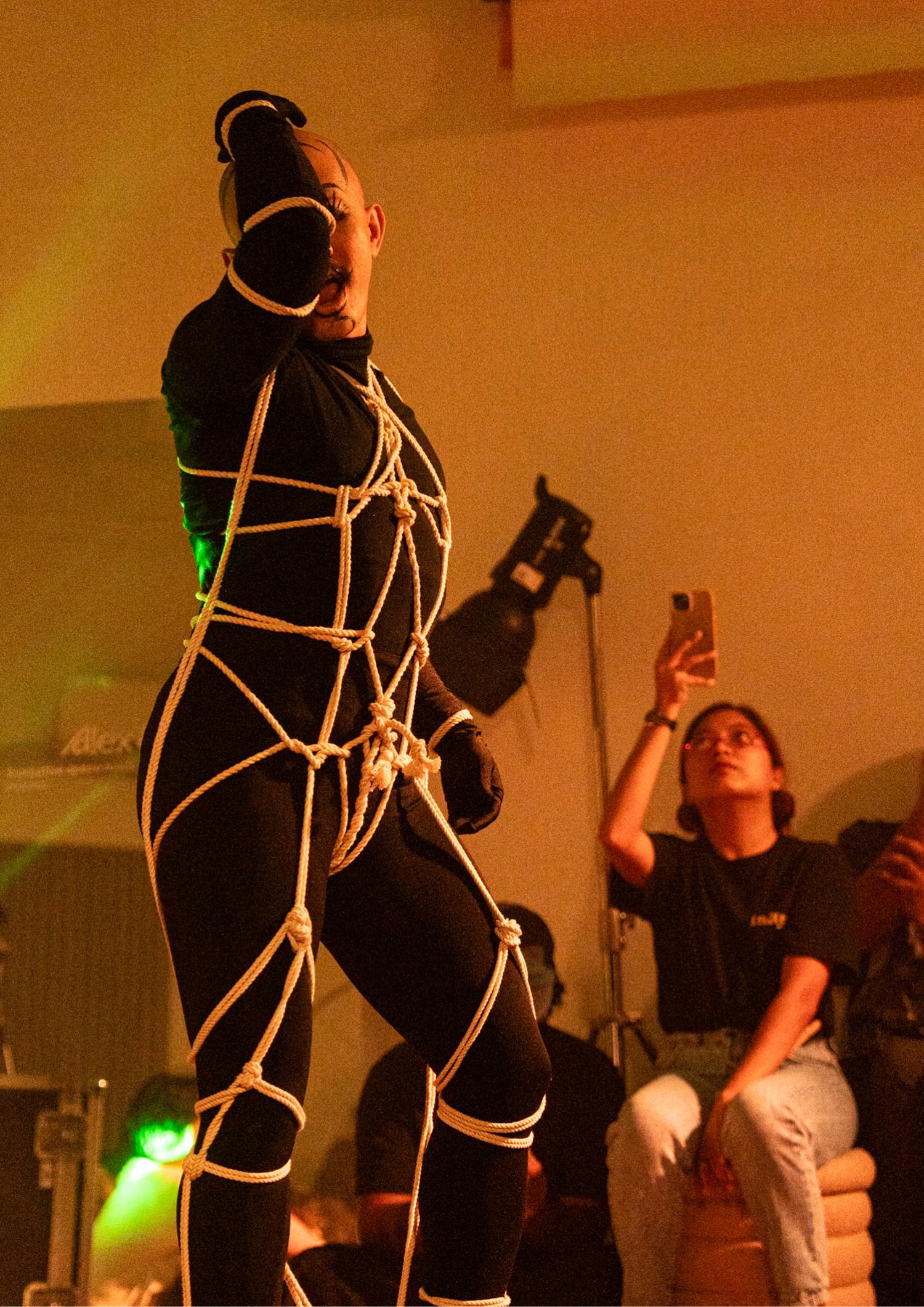
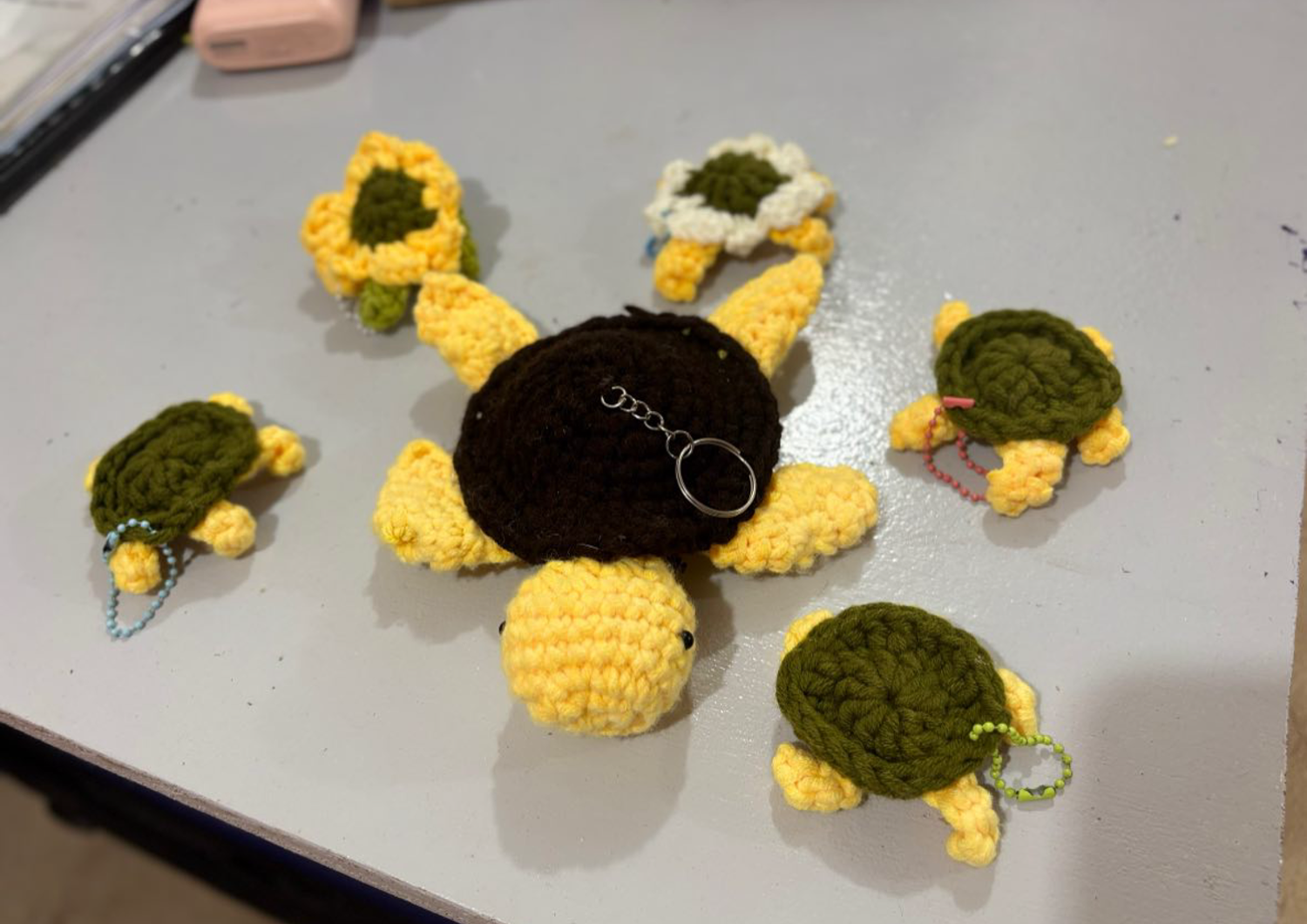
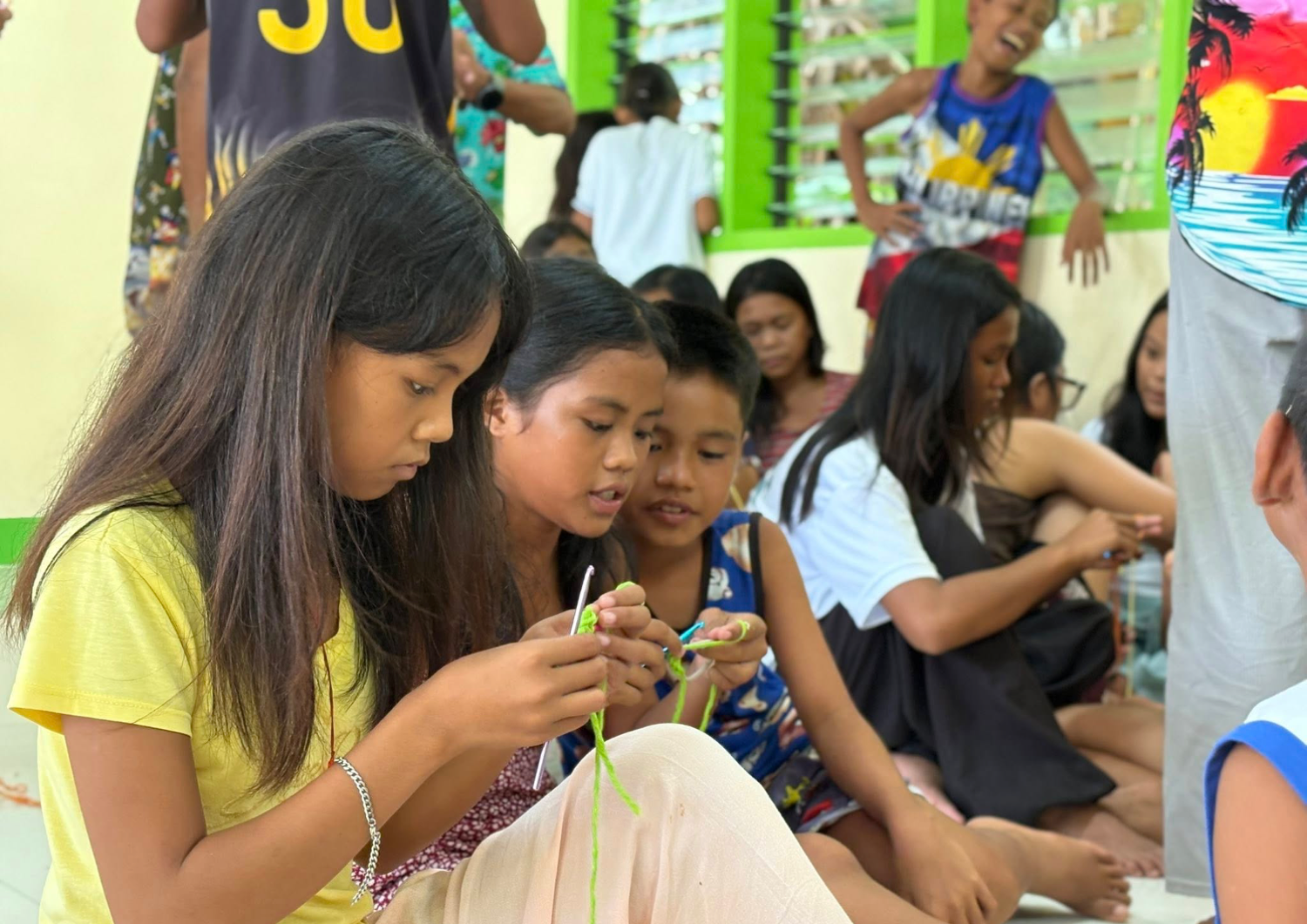

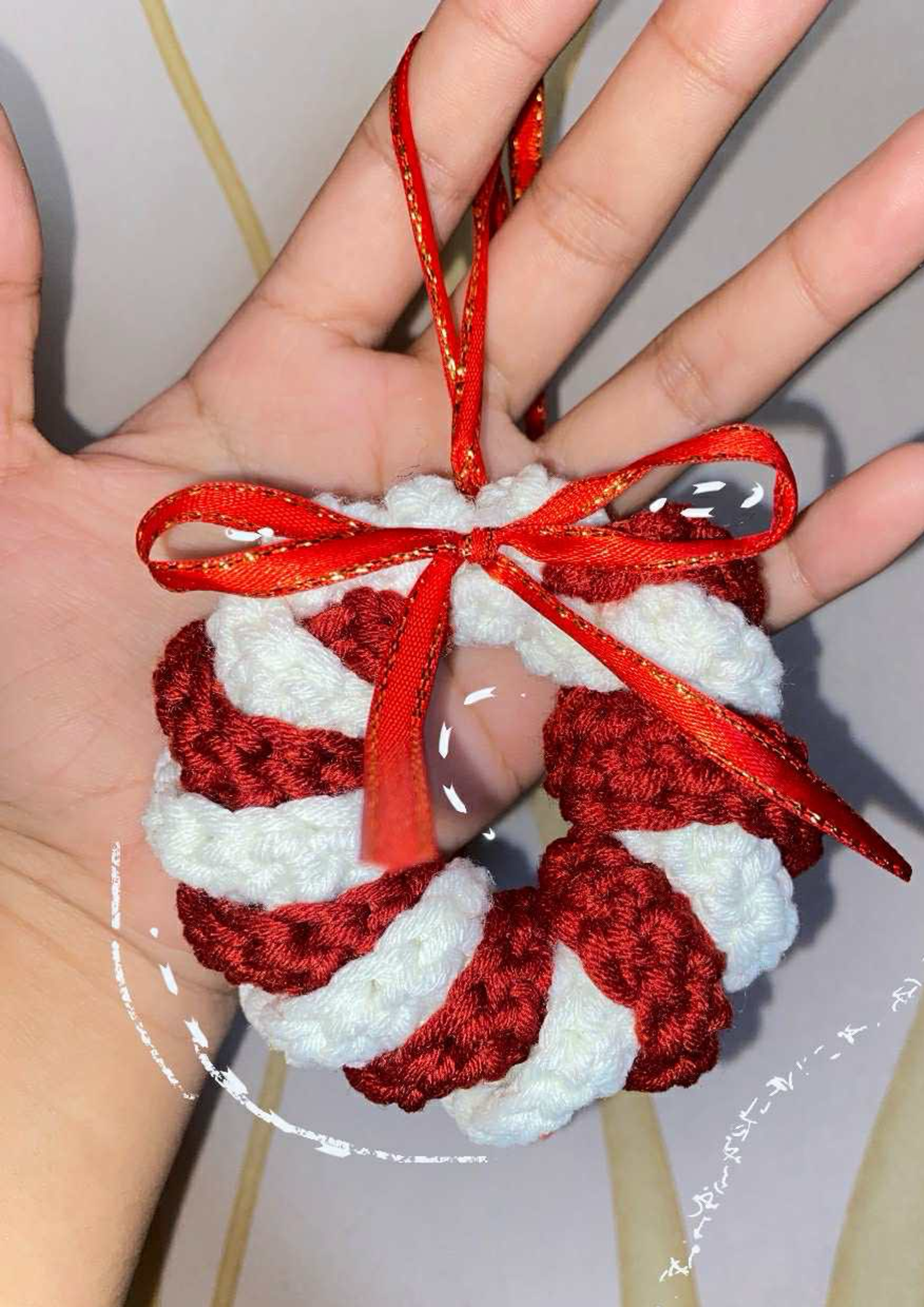



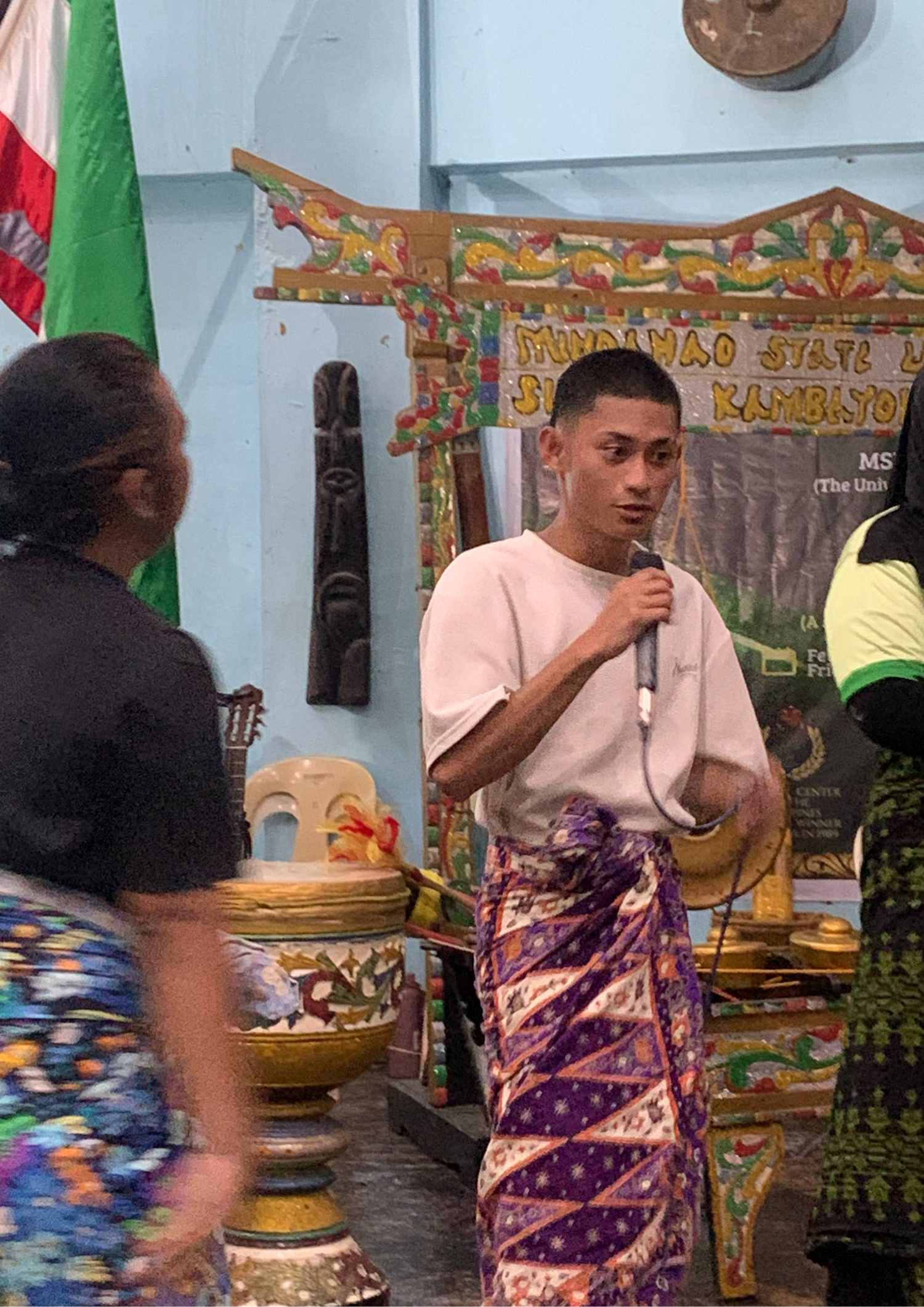
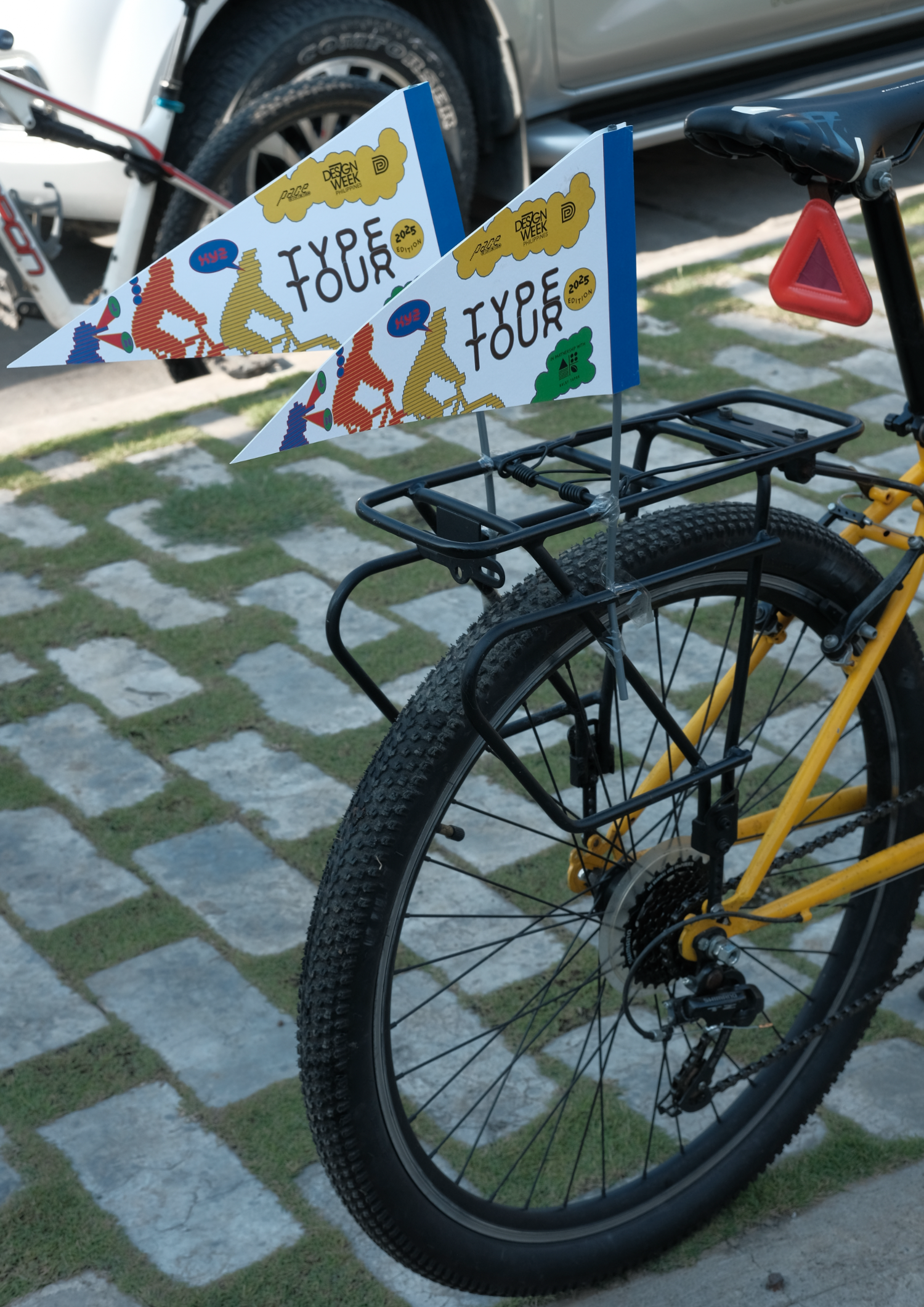


One Response